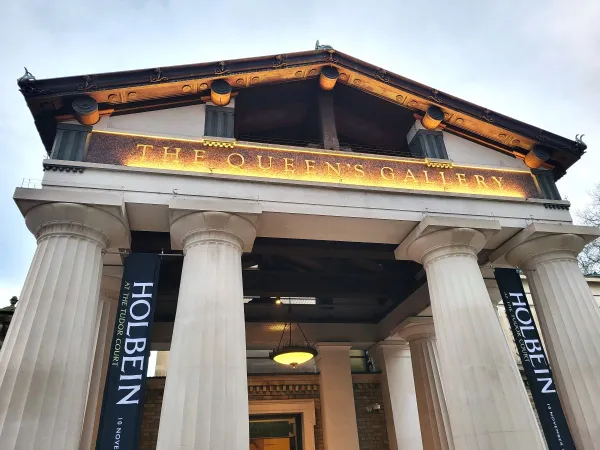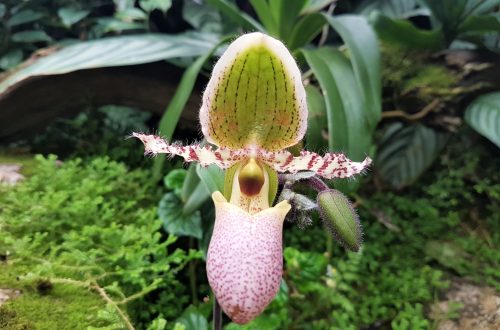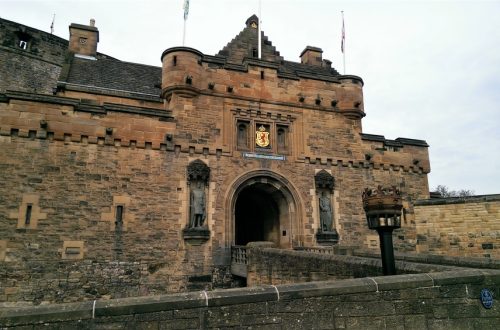A couple of weekends ago, I went to London (again!) to stay with one of my friends and on Saturday, we drove up to Essex to visit another of our friends and her family.
Our friend suggested we spend the day exploring nearby Mersea Island, the most easterly inhabited island in England.
The island, which is home to some 7,000 people, has a long history, having been inhabited since before the Romans came to Britain. It’s renowned for its fishing industry, most notably its oysters.
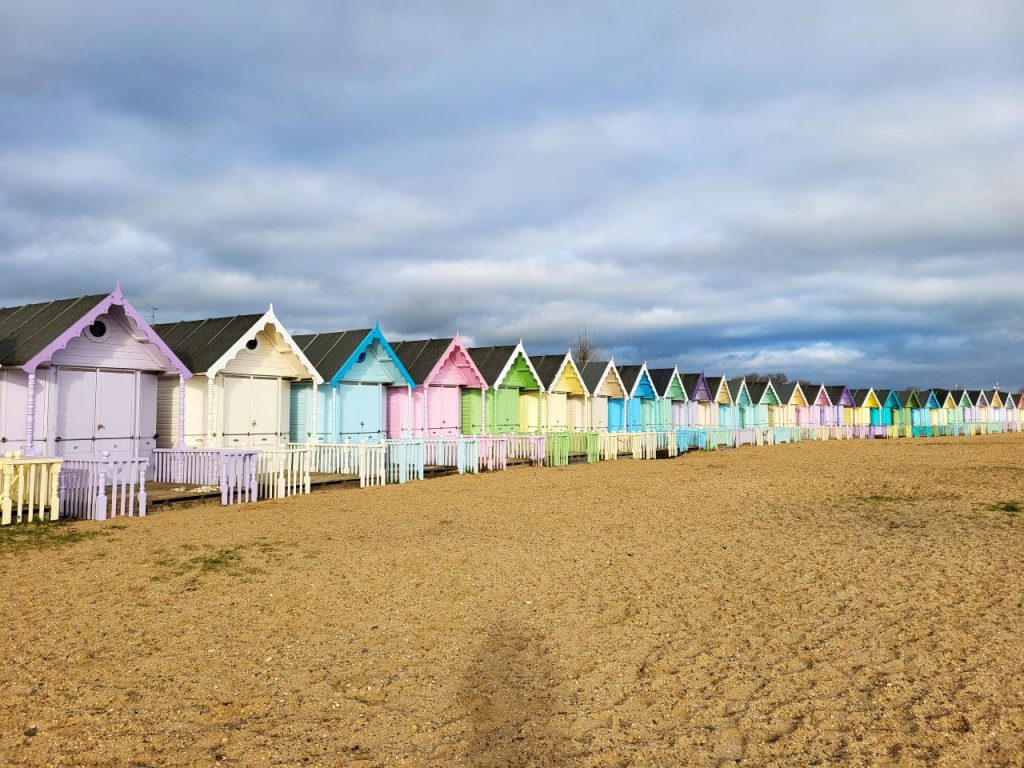
Situated between the Blackwater and Colne estuaries, the causeway to the island is cut off twice a day by the tide.
So you have to make sure you check the tide times before setting off to avoid being stranded, something which apparently happens more often than you’d think.
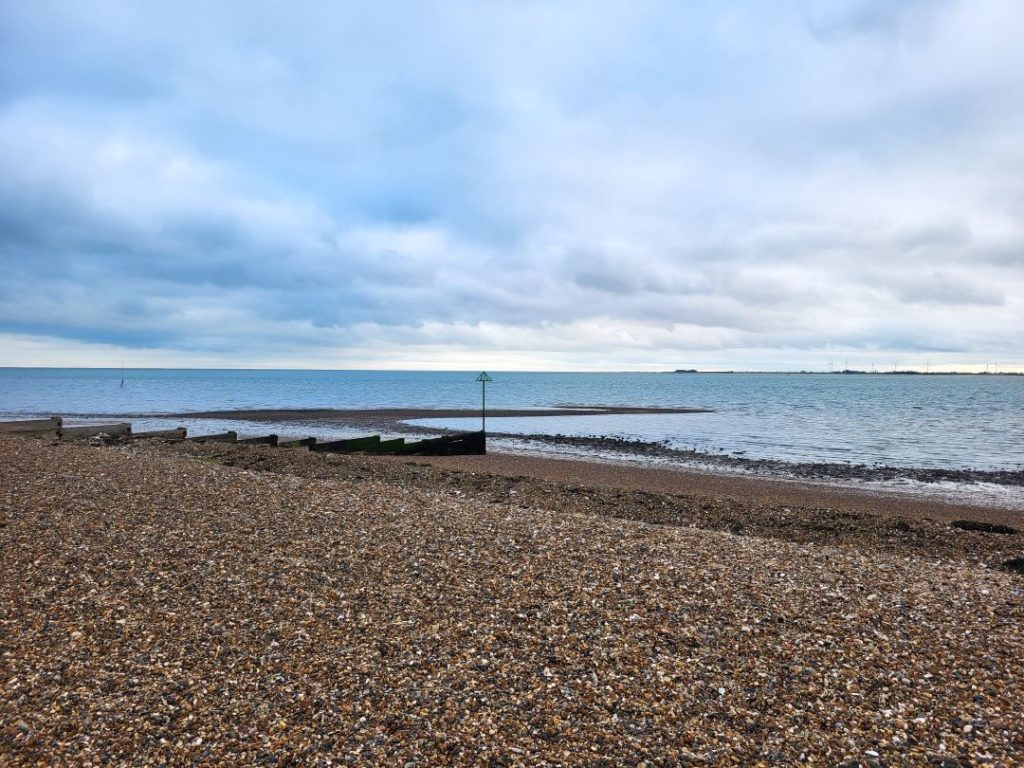
Our destination was the quaint village of West Mersea. We parked the car in the old part of the town, where the island’s shipyards and fishing industry’s based, and set off for a walk along the coast.
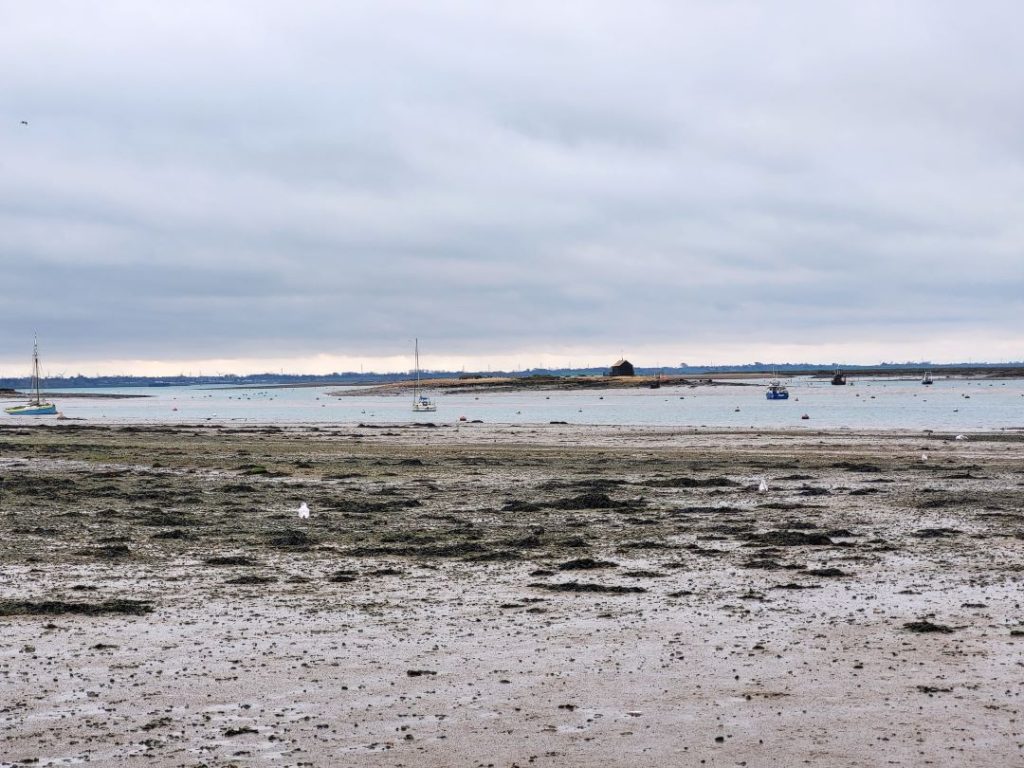
The views over the estuary were superb and I enjoyed seeing the many boats in the shipyards as we walked along the quayside.
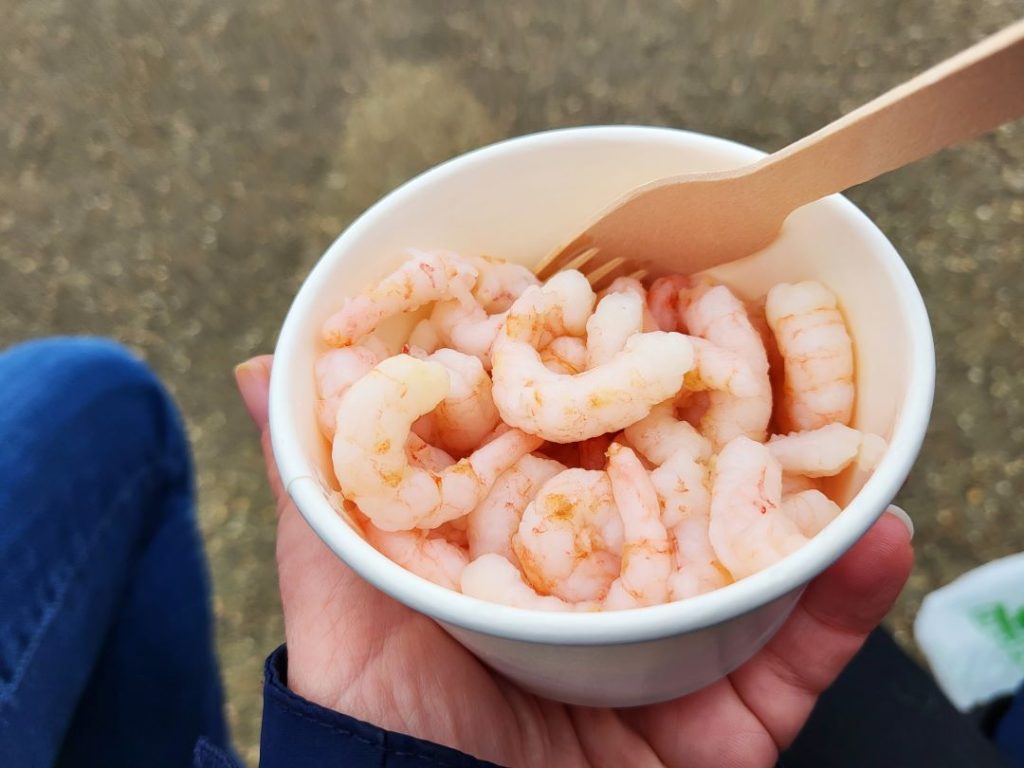
This part of the coastal path is lined with huts selling fresh seafood, so we stopped to buy some prawns in a tub from one of the stalls, then ate them on a bench overlooking the water.
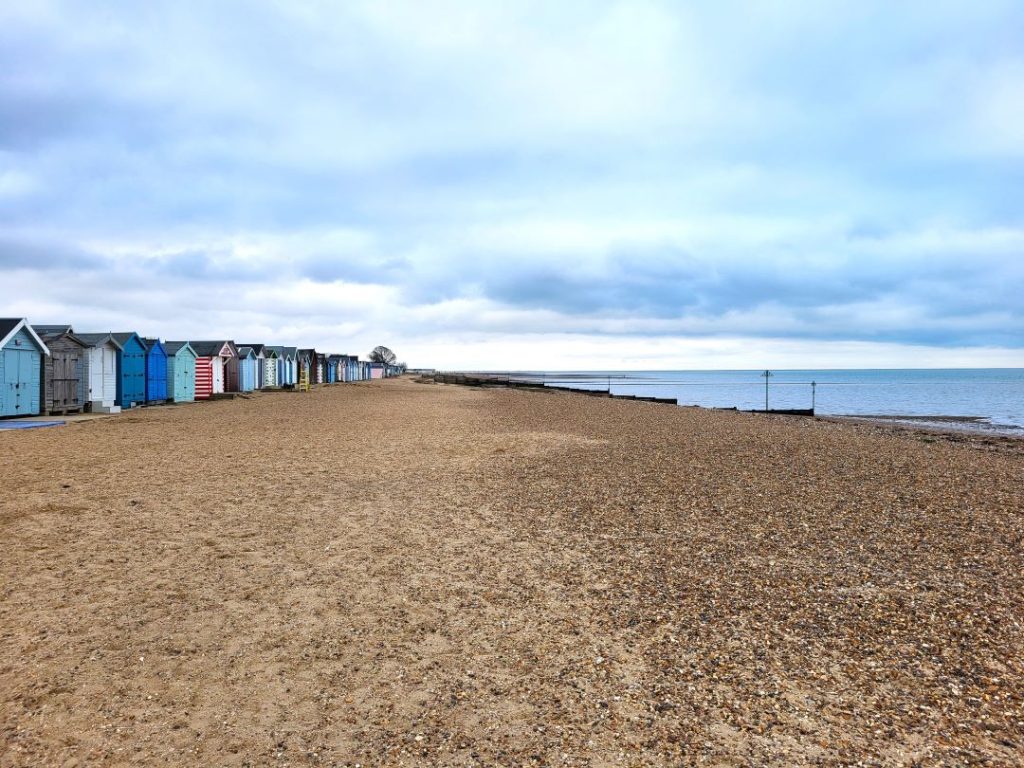
The other side of West Mersea is less industrial and is home to a large beach filled with colourful beach huts.
I particularly liked the pastel-coloured huts at the far end of the beach, as they looked very pretty in their co-ordinated hues.
I enjoyed our stroll along the coast at West Mersea. It’s a pretty, peaceful part of the world and a lovely place for a relaxing day out.



